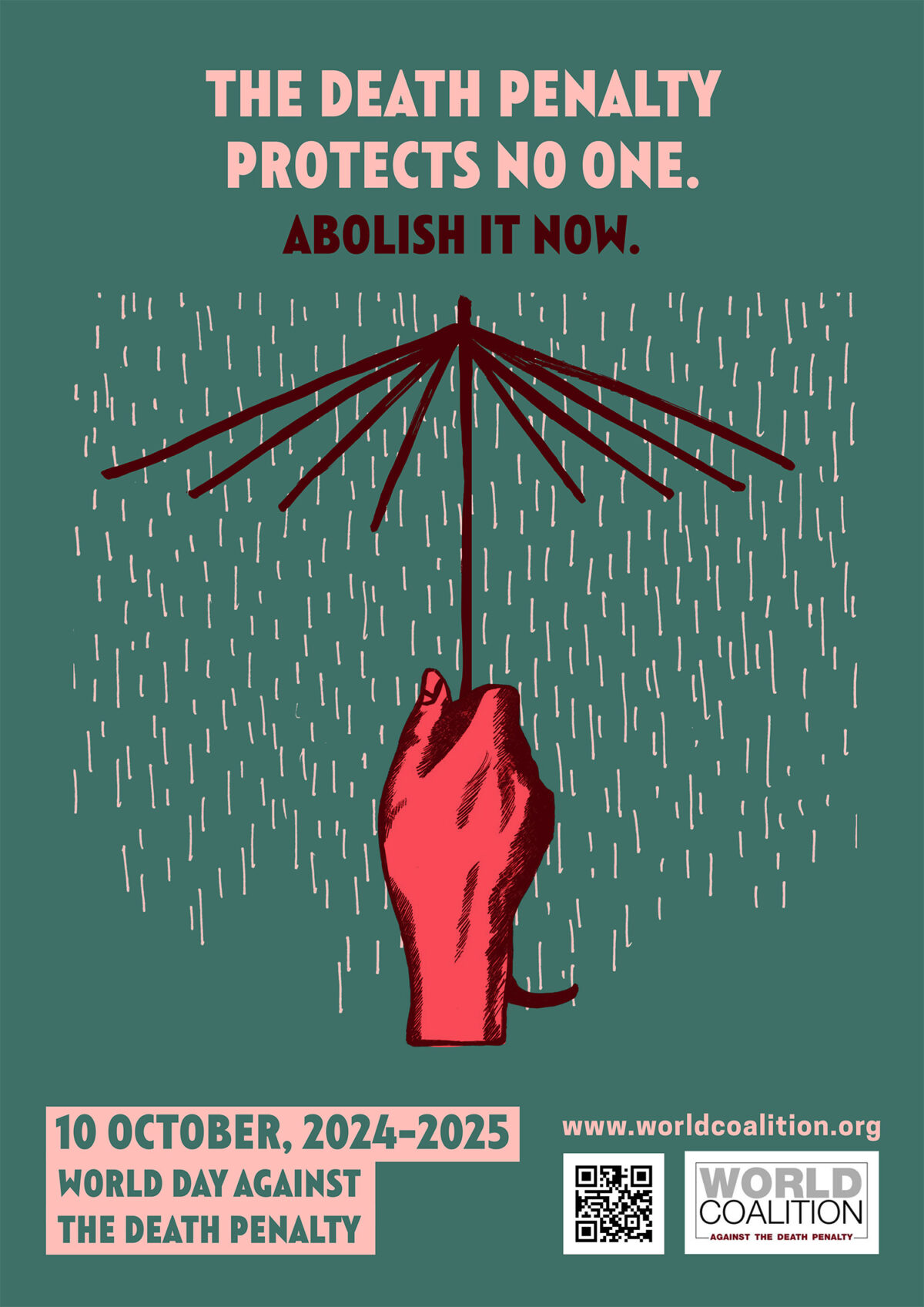Article
Judging Innocence
This empirical study examines for the first time how the criminal system in the United States handled the cases of people who were subsequently found innocent through postconviction DNA testing. The data collected tell the story of this unique group of exonerees, starting with their criminal trials, moving through levels of direct appeals and habeas corpus review, and ending with their eventual exonerations. Beginning with the trials of these exonerees, this study examines the leading types of evidence supporting their wrongful convictions, which were erroneous eyewitness identifications, forensic evidence, informant testimony, and false confessions. Yet our system of criminal appeals and postconviction review poorly addressed factual deficiencies in these trials. Few exonerees brought claims regarding those facts or claims alleging their innocence. For those who did, hardly any claims were granted by courts. Far from recognizing innocence, courts often denied relief by finding errors to be harmless.
- Document type Article
- Countries list United States
- Themes list Innocence,



